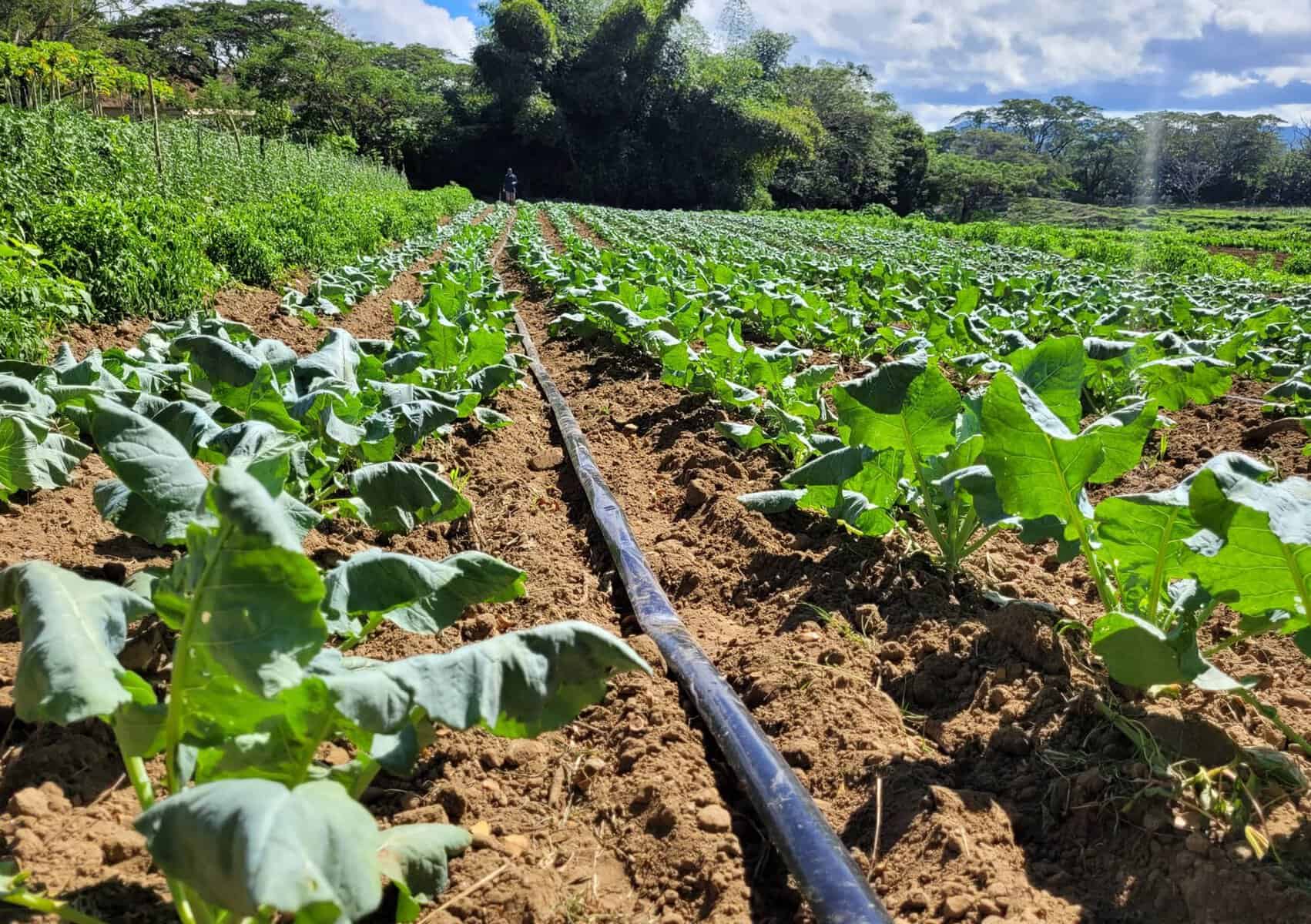“We often think of buckets for food security. But in the Pacific, it means water security,” said Dave Hebblethwaite, the Pacific Community’s Water Security and Governance Coordinator.
To illustrate his point, Hebblethwaite joined other stakeholders in water security at a virtual plenary session at last month’s Pacific Resilience Meeting at the Pacific Islands Forum Secretariat in Fiji, holding a white plastic bucket in his hand.
“All around the Pacific, this vessel is used by communities who are [getting] water either from wells or rainwater harvesting, either in [peak] times or in . . .
Please Subscribe to view full content...
